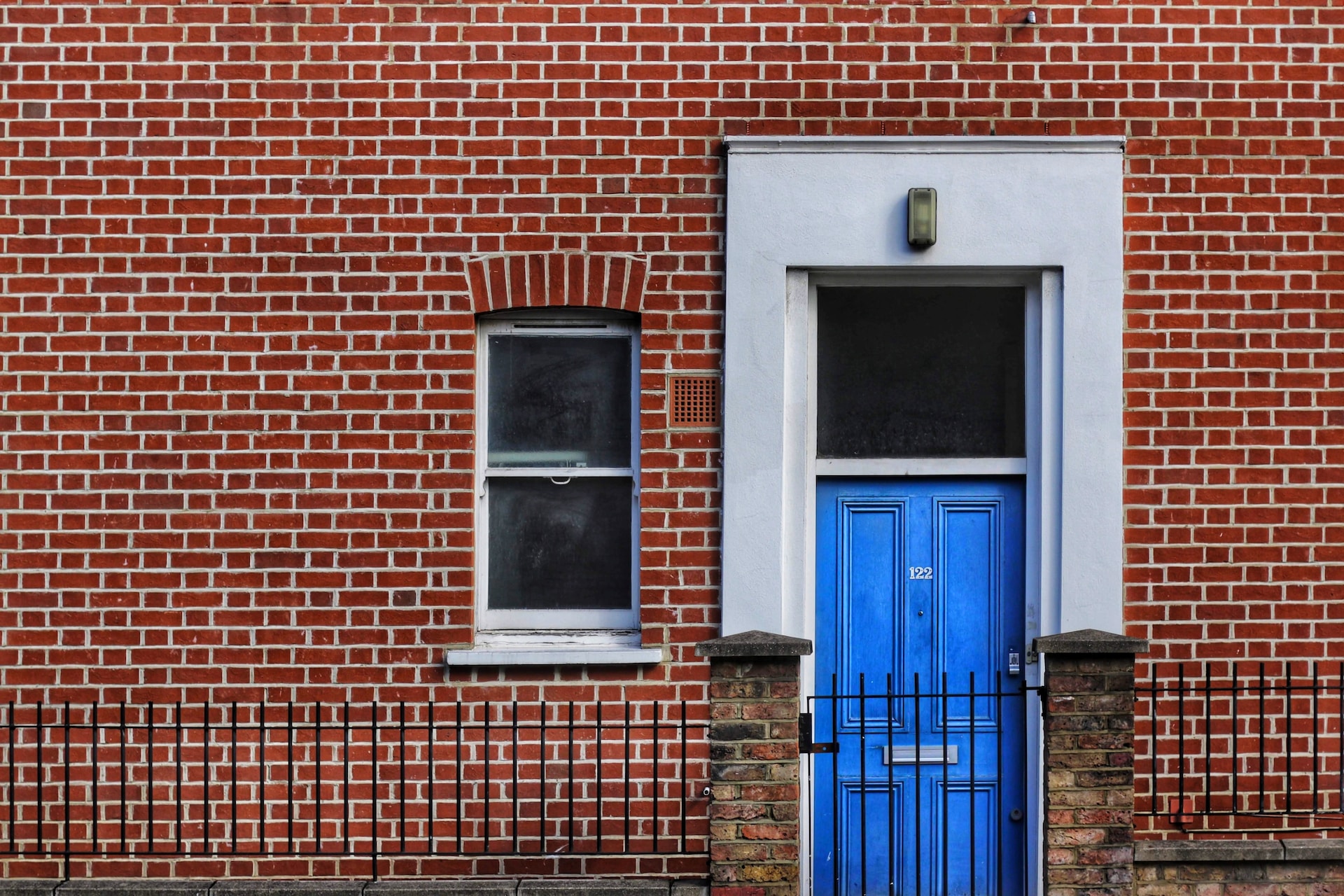Buying a home can be costly, and you will likely pay for it over a long period. You must make the right decision and select a property that you not only adore, but that is also suitable to live in and in good condition.
When someone buys a new house, the idea of having a survey seems absurd most of the time. It is, after all, brand new. What concerns us is the number of people who are unaware that they should have a qualified chartered surveyor look after their property and, at the very least, conduct a homebuyer report.
When people choose to buy a new-build house, they invest in something that they believe will not require any maintenance. The roof will not leak, the gutters will be perfectly sealed, the bathroom and kitchen will be the most recent designs, windows and doors will be perfectly fitted, and the electrics and plumbing will be as up-to-date as possible. In addition, the home is covered by an NHBC guarantee in the event of a problem. All of this appears to be ideal, wouldn’t you say?
What can building surveyors find on new-build house surveys?
When wise homebuyers decide to conduct a survey, we frequently discover various issues with the new-build house.
It’s an obvious one, but we almost always find niggling issues where a job hasn’t been completed to the standard that it should have been. We’re sure many of the homebuyers will notice a lot of this as well – after all, you want a perfect finish. Some of the flaws are as follows:
- Elements that are not level or plumb.
- Joinery with carpenter’s pencil marks.
- Loose socket plates.
- Tool-scratched or cut plastic frames.
- Toilets that wobble and taps that are not securely fastened are examples of loose bathroom fixtures.
- Decorations range from the horrifying to the not-so-horrible but still fearful.
- Ironmongery that isn’t correctly installed.
- Fences that aren’t well-maintained.
However, our building surveys have revealed more severe problems that could lead to dampness, ventilation, and insulation issues, as well as have safety implications in your new home:
- Damp-resistant courses that have been bridged
- The doors and windows are ill-fitting.
- Waste pipes and vents are not linked.
- Drainage is not linked to the road. It was all because everyone assumed someone else had done it. Yes, really.
- Staircases that were left out in the open split and warped as soon as they dried out after installation.
- Poorly fitted coping stones allow water to penetrate.
- The render that has been misapplied, is not thick enough and is failing.
- Sliding door screens that are too heavy to operate.
And these are just a few of the real-life examples we’ve seen.
Whatever happens, when you buy a new-build house, try to get a set of construction plans as well as the ‘owners handbook.’ These contain far more information than the handbook. They provide more assistance to anyone seeking to resolve any issues that may arise after purchasing a home. All developers will have a “customer care” package, but take it from us that the “care” is challenging to obtain and the “customer” is overlooked. We are currently dealing with a faulty floor that the developer acknowledges is faulty but refuses to repair because he is “not required to.”
Perhaps your reason for not having a survey is that you have an NHBC warranty on your new home and believe that is sufficient. After all, if something goes wrong, you’re covered, right? No, it does not. Regrettably, you cannot rely on this.
The NHBC warranty functions as insurance. If there are problems within the first ten years, it is supposed to compensate home buyers or repair any flaws in the new property.
Finally, before you even consider buying and scheduling a surveyor appointment, we recommend you purchase a house that has been completed halfway through the development (provided, of course, that it is on an estate rather than a single new build project).
A development site is similar to a factory. No matter how well planned, the first houses are prototypes, and as with any prototype, there may be details and pieces that do not work as well as they should. As a result, avoid purchasing one of the first houses in a development.
The houses built at the end of a building development may have all of the problems ironed out, but the developer is often out of money by this point and eager to sell, and the tradesmen on site have fitted 150 kitchens the same way and can’t wait to move on to the next job. The last houses to be finished are frequently rushed. It’s possible that some corners were cut. We, therefore, recommend avoiding purchasing the previous dwellings in the area.
Regardless of which you buy, it’s always a good idea to have a new-build house survey done.
Learn more about building surveys and snag report services or contact us for initial FREE expert advice.



